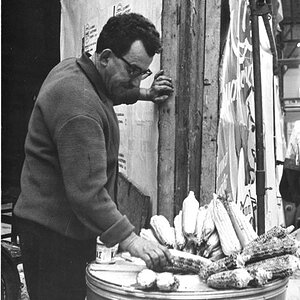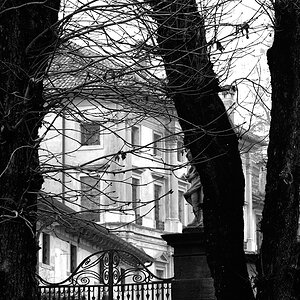thatguy
TPF Noob!
- Joined
- Oct 18, 2007
- Messages
- 46
- Reaction score
- 0
- Can others edit my Photos
- Photos NOT OK to edit
Just out of interest, i was wondering what you need to take photos at the zoo, and if anyone has any tips. I've heard that a rubber lens hood is good as you can put it right up against the glass, but are there any other tips, like what speed film you'll need, and what focal length lens is needed?


![[No title]](/data/xfmg/thumbnail/40/40310-01bec1b9b7918522bf21a09cf75c5266.jpg?1619739414)

![[No title]](/data/xfmg/thumbnail/35/35929-8650428697cfb142a7b9a4e8ef731178.jpg?1619737232)

![[No title]](/data/xfmg/thumbnail/33/33343-857a08c1327857172779bfe49f06f638.jpg?1619735911)
